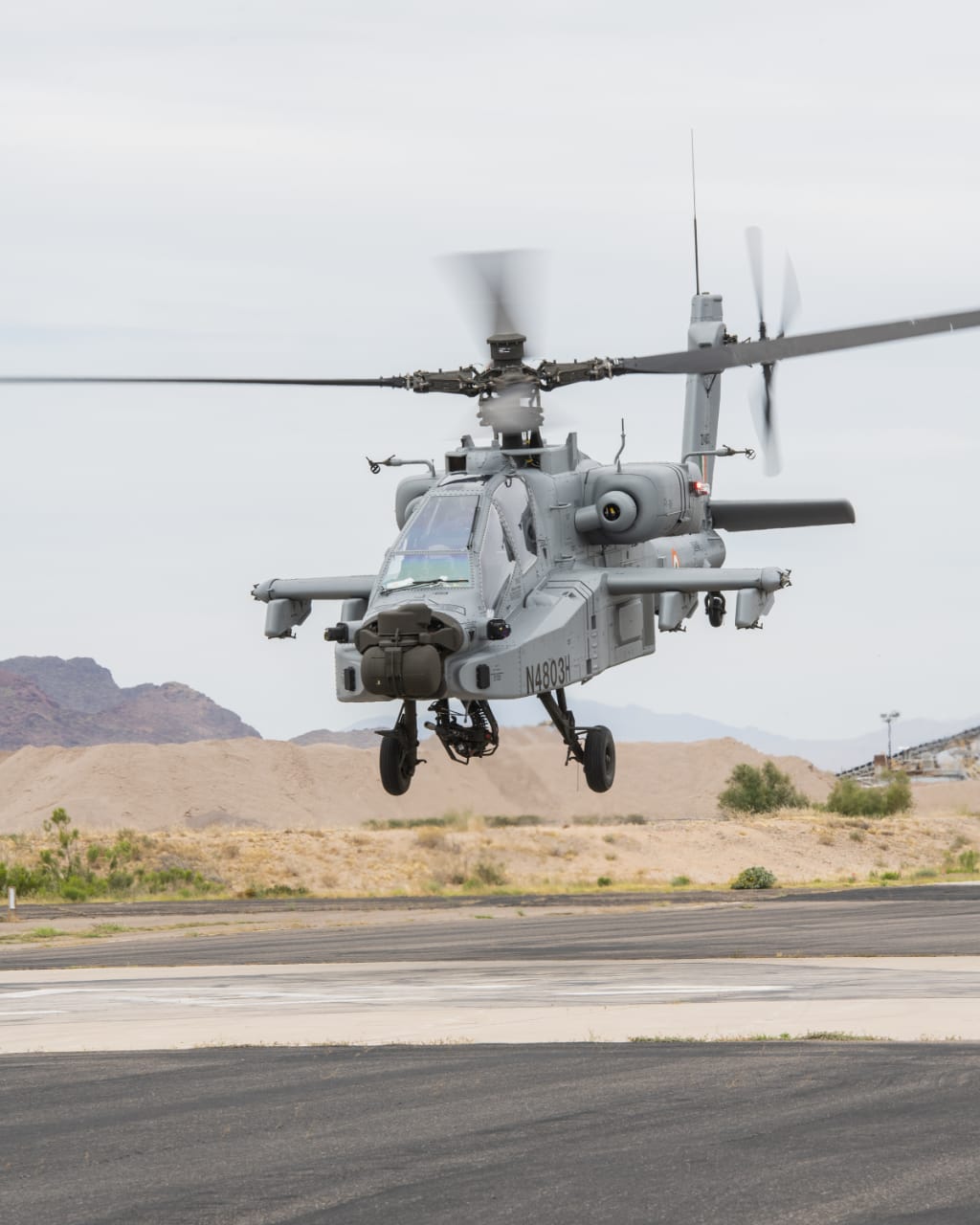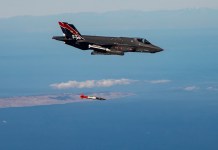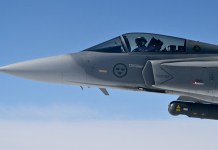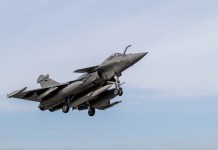US giant Boeing has awarded a contract to manufacture aerostructures of its newest tactical fighter F-15EX ‘Eagle II’ to an Indian company. The move is seen as yet another boost to India’s aerospace and defense ecosystem.
Tata, Airbus To Ink Deal Worth A Whopping $2.9B To Make Military Aircraft For The Indian Air Force
Shrouded In Secrecy, US Finally Confirms ‘Big Development’ On Next-Gen Stealth Bomber – The B-21 Raider
The contract between Bengaluru-headquartered Dynamatic Technologies and Boeing will not only contribute to India’s Atmanirbhar Bharat (self-reliant India) campaign but also augment US-India collaboration in the defense field.
Interestingly, Boeing is also pitching the F-15EX to the Indian Air Force (IAF) and the latest deal is seen as an attempt by the US aerospace company to make deeper inroads into the Indian market.
Boeing’s MMRCA 2.0 Bid
After acquiring 36 Rafale jets, the Indian Air Force proposed what is loosely called the MMRCA 2.0 tender for procuring 114 additional fighter jets for its air fleet in April 2018.
Boeing’s Eagle II is competing for the tender alongside seven other aircraft including Swedish Saab’s Gripen, the Russian MiG-35 and Su-35, French Dassault Rafale, Eurofighter Typhoon, the US’ Lockheed Martin’s F-21, and Boeing’s Super Hornet.
The F-15EX Eagle II can carry more weapons than any other fighter jet in its class. It is capable of launching hypersonic munitions that are up to 6.7 meters long and weigh up to 3,175 kg. The aircraft boasts a digital airframe and advance rapid technology insertion.

In addition to this, the jet’s open mission systems architecture ensures its viability for at least decades to come. Although the F-15EX costs $87.7 million apiece, it makes up for this slightly high price through a relatively low (projected) operating cost of $27,000.
Pakistan’s Nemesis Su-30MKI Fighter Jets Of Indian Air Force To Hold Mega Drills In Kashmir
Now, Boeing, along with pitching this jet to IAF, will also be teaming up with a local Indian firm to produce aerostructures for its prized Eagle II warplane.
Indian Partner
Dynamatic Technologies will manufacture these aerostructures in its facility in Bengaluru and will supply the assembly requirements from FY 2022 onwards.
According to a statement from CEO & Managing Director, Dynamatic Technologies Limited, Udayant Malhotra, his firm has been closely associated with Boeing as a strategic tier-1 supply partner for more than a decade.
The company provides aerostructures for several platforms, including the ailerons and wing flaps for the Hindustan Aeronautics Limited (HAL) HJT-36 intermediate jet trainer and the forward fuselage of the LAC Tejas fighter.

A branch of Dynamactic also provides products such as the Wing and Rear Fuselage of LAKSHYA – India’s Pilotless Target Aircraft — and important airframe structures for the Sukhoi 30 MKI that is locally produced by HAL.
This high-end precision engineering company’s UK branch is a certified supplier to GKN Aerospace, Magellan Aerospace, Airbus UK, Boeing, GE Aviation Systems, Lockheed Martin, Agusta Westland, and Spirit AeroSystems, UK.
Boeing believes that there is “tremendous potential” for India to contribute industrially and technologically to the global aerospace industry.
Congratulations @DynamaticTech ?
Our commitment to India and #AatmanirbharBharat continues to grow, supported by our partners with world-class capabilities. https://t.co/31Sw0pzsda— Boeing India (@Boeing_In) September 17, 2021
It is partnering with Dynamatic Technologies to nurture the growth of the Indian aerospace and defense ecosystem. The venture providing advanced manufacturing capabilities, training, and skill development fit neatly within the ‘Skill India’ initiative of the Indian government.
The Ultimate Hit-Job: Remote-Controlled, A.I. Enabled, Sniper Gun Used To Assassinate Top Iranian Scientist
The deal with Dynamactic Technologies isn’t the only venture that Boeing is undertaking with an Indian firm. In fact, Mahindra Aerostructures produces parts for all commercial aircraft that are made by Boeing. The firm has close to 275 partners in India.
Hyderabad-based Tata Boeing Aerospace Limited (TBAL) produces vertical fins for the 737 family of airplanes. Vertical fins are structures designed to provide directional stability and reduce aerodynamic side slips.

At present, TBAL, which was Boeing’s first equity joint venture in India, also produces aero-structures for Boeing’s AH-64 Apache helicopter. These structures include secondary structures and fuselages. IAF is one of the users of the Apache choppers.
Moreover, Boeing has been able to maintain billion-dollar sourcing in terms of components and services from the south Asian country despite the COVID-19 pandemic. Boeing India’s President, Salil Gupte, mentioned that the company’s supplier base in India continues to grow.
It is quite evident that Boeing has quite a lot to gain and to give to India, economically as well as technologically. Its efforts in trying to develop a stronger footing in the Indian market ahead of its competitors, is, therefore, no surprise.
This is viewed as a win-win situation as India sees Boeing’s involvement in the country as another leap in fulfilling its ambitions to become self-reliant in the aerospace and defense sector.
- Written by Shreya Mundhra/EurAsian Times Desk
- Follow EurAsian Times on Google News




